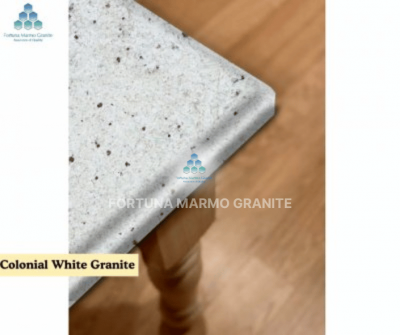Quartzite vs. Granite: Which Is More Expensive?
Quartzite vs Granite When it comes to selecting the ideal material for countertops, flooring, or other surfaces, two natural stone options consistently stand out: quartzite and granite. Both are renowned for their strength, durability, and aesthetic appeal, making them popular choices for kitchens, bathrooms, and more. However, when it comes to choosing between the two, one of the most important factors that homeowners and designers consider is cost. Quartzite vs Granite While both materials have their advantages, quartzite and granite differ not only in appearance and durability but also in price. This comprehensive comparison will explore the cost differences between quartzite and granite, factors that influence their price, and what you can expect when choosing each material.


What is Quartzite?
Quartzite is a metamorphic rock formed from sandstone that has undergone heat and pressure over millions of years. This transformation results in a dense, hard stone that is incredibly durable and resistant to wear and tear. Quartzite is often confused with quartz due to the similarity in names, but it is a completely different material. Unlike quartz, which is an engineered stone made from natural quartz crystals, resins, and pigments, quartzite is a purely natural stone. Quartzite's colors can vary depending on the minerals present during its formation, but it often features shades of white, gray, beige, and sometimes even green, blue, or pink.
What is Granite?
Granite is an igneous rock formed from the cooling and solidification of magma beneath the Earth's surface. It is composed primarily of quartz, feldspar, and mica, which gives it its characteristic speckled appearance. Granite has been used in construction for centuries due to its strength, versatility, and availability in a wide range of colors and patterns.
Granite is one of the most popular choices for kitchen and bathroom countertops because of its durability and resistance to heat, scratches, and stains. It is also a natural stone, making it a highly sought-after material for those looking to add an elegant, timeless touch to their spaces.
Factors That Influence Cost
Material Quality:
The stone's quality greatly affects its price. Higher-grade quartzite and granite cost more because they offer superior durability and stunning appearance. Premium stones with rare colors or distinctive patterns usually command a higher price than standard options.
Thickness:
Slab thickness directly impacts cost. Thicker pieces use more material and require extra labor, which raises the price. Quartzite and granite slabs commonly come in 2 cm and 3 cm thicknesses for countertops.
Color and Pattern:
Color and pattern also influence value. Exotic shades and intricate veining often come with a premium because of their rarity and visual appeal. Stones that feature unique designs or are harder to source typically have a higher cost.
Size of the Project:
The size of your countertop or installation area directly affects the total cost. Larger projects require more material and additional labor, which naturally raises the overall price.
Location:
Your geographic location also influences the cost of quartzite and granite. In regions rich in natural stone—such as parts of Brazil—granite often costs less. In contrast, quartzite tends to be more expensive in areas where it is less available.
Installation and Labor:
Installation complexity plays a key role in determining the final price. Both quartzite and granite need skilled professionals for cutting, shaping, and edging. Therefore, intricate designs or detailed finishes often result in higher labor costs.
Durability and Maintenance
Quartzite ranks high in durability, scoring a 7 on the Mohs scale of hardness. It resists scratches, stains, and heat, making it a reliable choice for busy kitchens. However, because quartzite is slightly more porous than granite, it may need periodic sealing to prevent liquid absorption. If not sealed properly, the surface can absorb oil-based substances and develop stains. Still, when maintained correctly, quartzite remains one of the best materials for kitchen countertops, combining strength, elegance, and long-lasting performance.
Granite is also highly durable, with a hardness rating between 6 and 7 on the Mohs scale. It resists scratches and heat, making it perfect for high-traffic areas like kitchens. Because granite has low porosity, it absorbs fewer liquids than quartzite. However, it still needs sealing to prevent stains and maintain its shine. Both materials require occasional care to preserve their beauty, but their maintenance needs are nearly the same.
Aesthetic Considerations
Quartzite often features dramatic veining and subtle color variations that make each slab unique. It has a marble-like appearance, which is one of the reasons it is often chosen for luxurious, high-end spaces.
Granite offers a more uniform look, though it also comes in a wide range of colors and patterns. Some varieties of granite have striking veins, while others have a more solid, speckled appearance. Its durability and timeless beauty make it a classic choice for both modern and traditional spaces.
Conclusion: Which Is More Expensive?
Both quartzite and granite are premium materials known for their durability and timeless beauty. However, quartzite typically costs more than granite. This higher price comes from its limited availability, unique patterns, and the difficulty of mining and processing it. In addition, installing quartzite often requires more labor, which further increases the overall cost.

